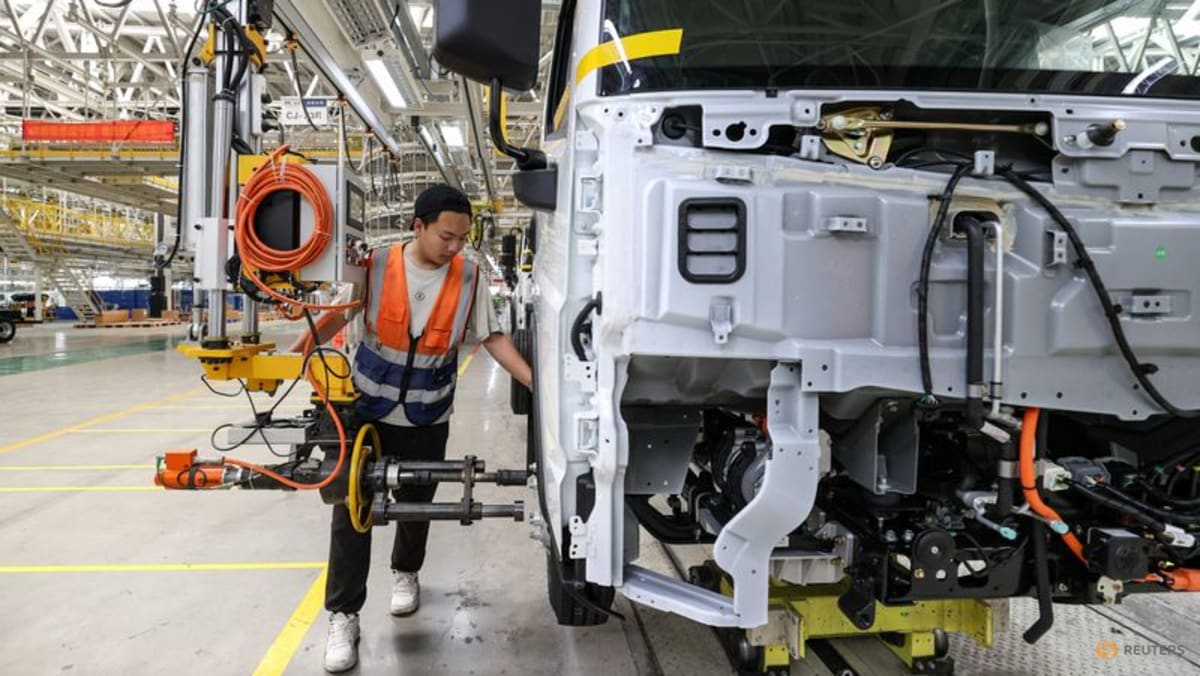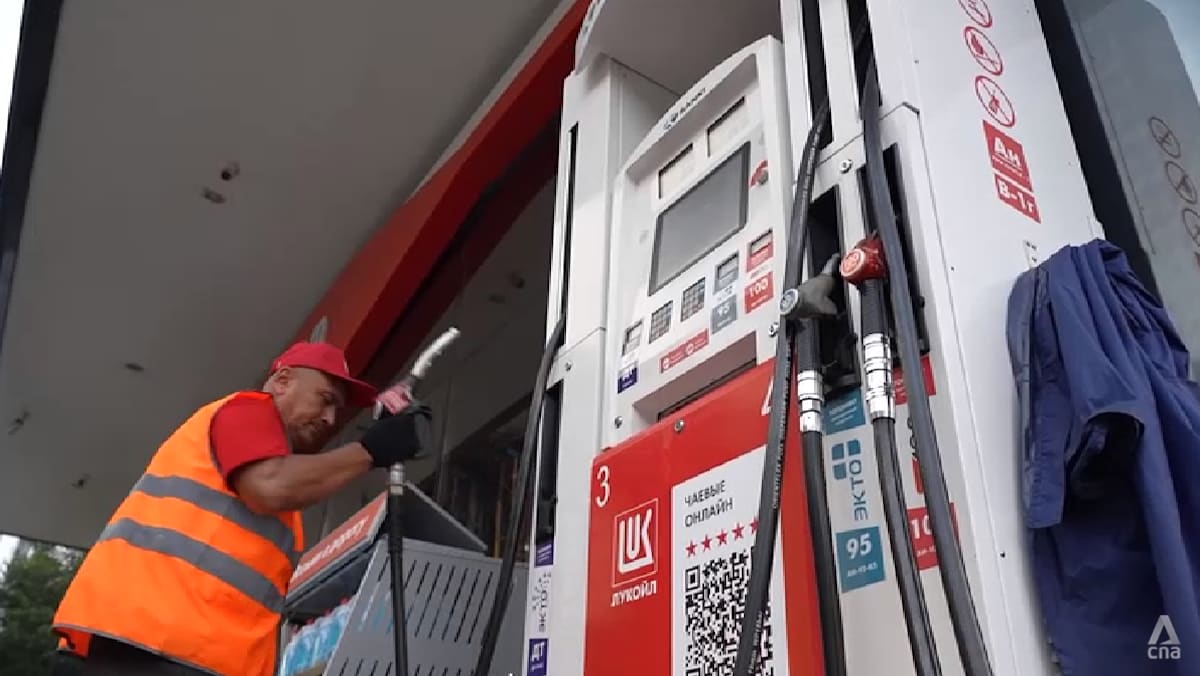DOWNWARD PRESSURE ON DEMAND FOR CRUDE
The implications of this go far beyond China’s own borders. Because of the long distances they drive and the vast loads they carry, heavy trucks are disproportionately polluting, burning half of China’s road fuel despite making up only 15 per cent of vehicles. About 3.6 per cent of the world’s oil is consumed as diesel in China. Most goes into the same trucks that are electrifying at dizzying speed.
That’s going to rapidly start putting downward pressure on demand for crude. Rhodium Group, a consultancy, reckons electrified cars and trucks in China alone are going to be destroying about 1.76 million barrels a day of demand next year, equivalent to about one in 45 barrels of crude produced.
The supposed challenges of electrifying energy-hungry heavy trucks have been crucial to expectations that petroleum consumption will hold up in the years ahead, even as EVs sap usage by cars. A 2017 report by the International Energy Agency on the future of freight excluded plug-in long-haul trucks from its price analysis altogether, since it considered the technology too implausible to be worth modelling. This year’s sales figures blow those complacent assumptions out of the water.
What’s changed? Stricter fuel-economy regulations which went into effect in China Jul 1 are part of the explanation. So, too, is the realisation that most trucks are used inefficiently, allowing electrified variants to bite off large slices of the market that aren’t carrying the very heaviest loads the longest distances. But the biggest factor is simply economics.
Trucking is a low-margin industry where running costs are everything. If a technology can save you a few yuan, you’ll be unsentimental about adopting it. That’s why a brief boom in natural-gas powered trucks, which appeared to be taking over China’s logistics industry last year, is already fading. With battery prices now falling as low as US$90 per kilowatt hour, according to BloombergNEF, the value proposition of electric rigs is simply superior.
The sticker price of a plug-in semi-trailer is still significantly higher, but operators can more than make up the difference thanks to cheaper fuelling, maintenance and insurance expenses. Once the cost of a long-haul electric truck falls to about US$250,000 – something BloombergNEF sees happening around 2030 – then the zero-emission option will be cheaper wherever you pay more for a litre of diesel than for about four kilowatt-hours of electricity.













